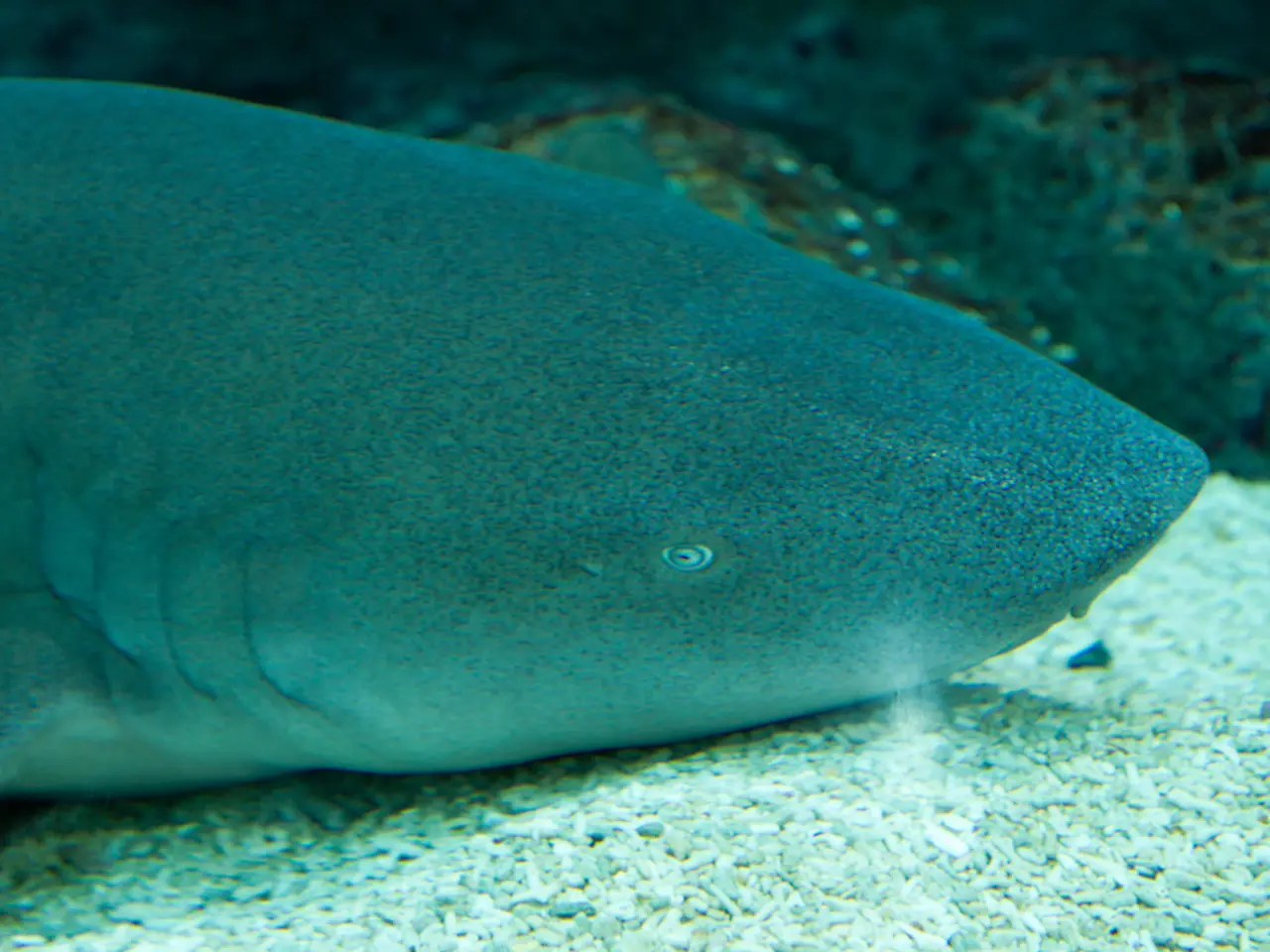Neurophet's AI Software Speeds Up Dementia Diagnosis
Neurophet, a specialist in AI-based brain disorder diagnosis, has made significant strides in enhancing dementia assessment. Their software, Neurophet AQUA, has shown strong correlation with expert medical assessments for white matter hyperintensities (WMH), enabling clinicians to diagnose and treat dementia more rapidly and objectively.
The software's effectiveness was validated in a study involving 90 adults, including healthy individuals, patients with mild cognitive impairment, and dementia. Neurophet AQUA distinguished dementia progression from cognitively normal to mild cognitive impairment to dementia through gray matter volume analysis. Notably, the combined analysis of gray matter and WMH was completed within 20 minutes, significantly faster than traditional methods. Gray matter segmentation alone took just five minutes, improving efficiency over conventional assessments.
The National Neuroscience Institute (NNI) in Singapore, in collaboration with Nanyang Technological University, applied Neurophet AQUA in 2022 to validate its clinical effectiveness. The results, published in Annals Academy of Medicine Singapore, demonstrated Neurophet AQUA's high correlation with existing automated tools for WMH analysis.
Neurophet's advancements with Neurophet AQUA promise to revolutionize dementia diagnosis and treatment. The software's speed and accuracy can help clinicians provide timely care, improving patient outcomes. Following the success of this study, Neurophet has signed a supply agreement with the National University of Singapore and Singapore General Hospital for its PET image quantification software, Neurophet SCALE PET, further expanding its impact in the region.
Read also:
- Current Sky News updates on ongoing quarterly ventures
- Ebola Virus and Its Related Disease: An Overview
- Latest Updates on Unresolved Aspects of the Deleterious Legionnaires' Outbreak in NYC, Prior to the Scheduled Hearing
- Sleepless Nights: Anxiety, Stress, and Too Much Caffeine as Potential Root Causes






